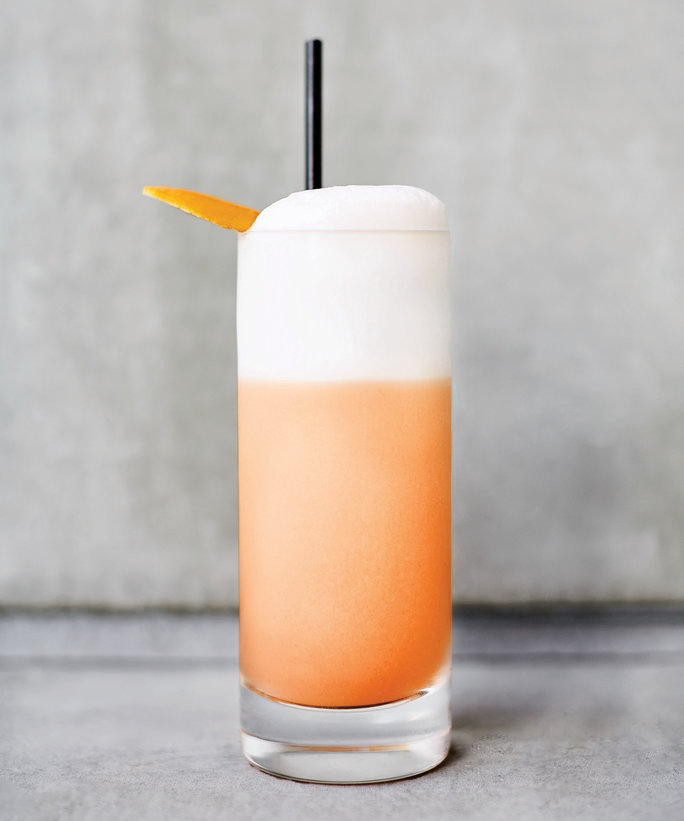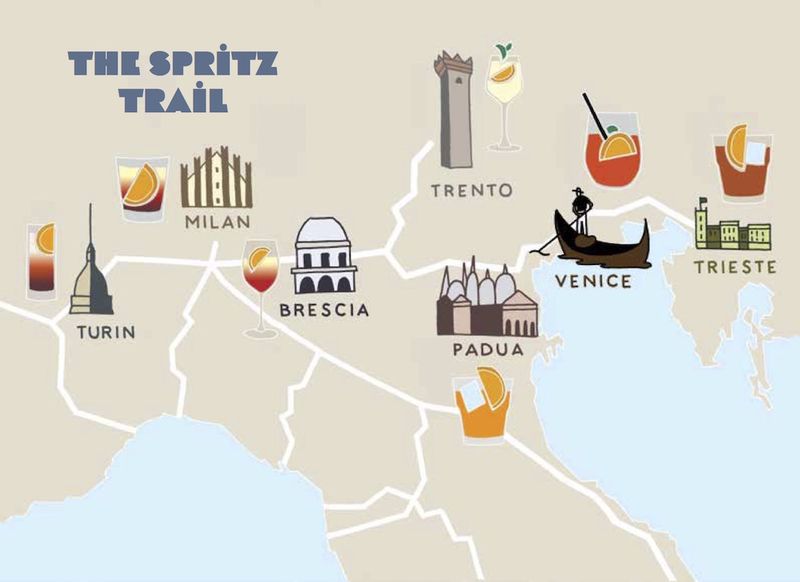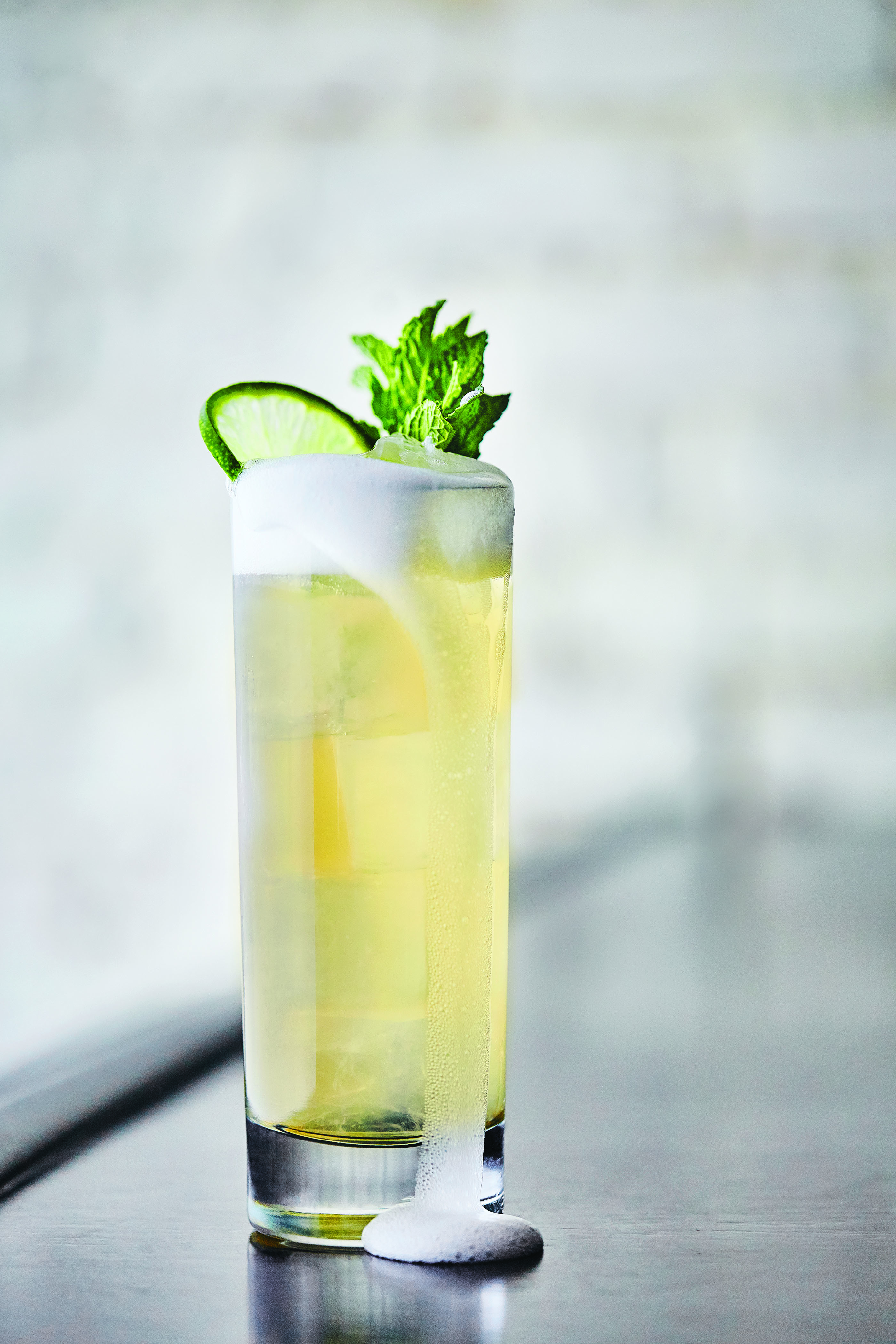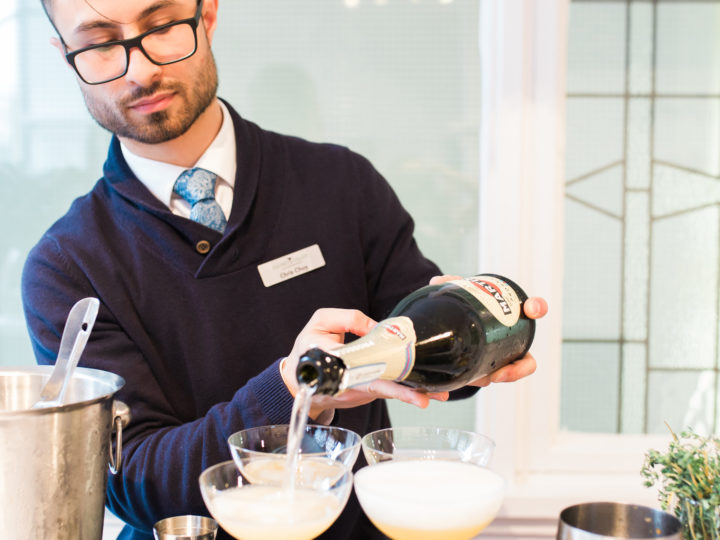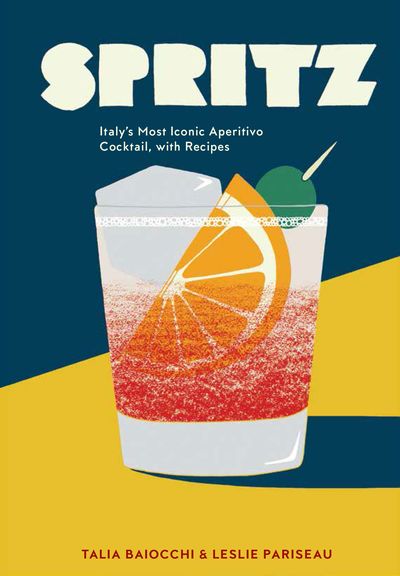
By Jason Laidlaw
For our inaugural book review we’ll look at one of the latest books exploring the history and significance of a single cocktail: Spritz: Italy’s Most Iconic Apertivo Cocktail, with Recipes by Talia Baiocchi and Leslie Pariseau (Ten Speed Press, 2016). Packaged in a striking wrap-around cover evocative of classic Italian futurist advertising, Spritz is a comprehensive look at this iconic Italian drink, its history, and its place in the social fabric of Italy.
Starting from a brief introduction where the authors make the case that the spritz possesses the effortless grace which the Italians define as “sprezzatura”, a kind of off-kilter rakish sophistication, the authors briefly speak to the history of wine and the long tradition of doctoring wine to make it more palatable. The origins of the spritz itself are traced to expat Austrians who, raised on reislings and finding the local vino not to their palate, called for a splash or “spritz” of water to be added to their wines.
The authors do an admirable job of charting the slow evolution of the spritz from these humble origins, including the rise of Italian amari, and the invention and introduction of carbonation. They show how distinctly Italian ingredients came together in the zeitgeist of Italian futurism and patriotism that accompanied the unification of Italy at the end of the 19th century. They follow the drinks evolution up to the present day by describing later introduction of prosecco as a partial substitute for still wine and soda, and then the ascendance of Aperol as the amaro of choice, to the point we’ve reached today where the Spritz is associated worldwide with this bittersweet liqueur, and its vibrant orange colour.
After this jaunt through history, the book takes a trip across Italy. The reader is immersed in the rhythm of Italian life, and understands the place of the spritz in that rhythm, as a ritual as much as a drink. This section begs to be read with a spritz in hand, and perhaps some fine olives or crisp potato chips near, or some excellent crostini or tramezzini from the book’s short recipe section. The descriptive language and obvious affection for Italian café culture allow the reader to hear the clink of glasses, the shouts of greeting between friends, to feel the evening sunshine of Venice, Milan or Turin on one’s face, and be transported, if only for a brief moment. (I highly recommend the songs of Nino Rota, particularly “Amarcord” in the background for this if you wish).
From there we move on to drink recipes, starting with the classics: spritzes, biciclettas and sbagliattos, drinks well worth repeating for those already familiar, and well worth experiencing for those who aren’t. It’s always refreshing to have some excellent low-alcohol cocktails at hand, and some interesting variations are next, with some recommendations being an excellent peach-and-caraway adventure, the “Viking Culture” from Natasha David of Brooklyn’s Sunshine Co., a surprisingly refreshing “Mai Tai Spritz” version from Martin Cate at San Francisco’s Smuggler’s Cove, and a wonderfully fluffy “Diamond Spritz Fizz” from Isaac Shumway, of San Francisco’s Tosca.
All in all, we can easily recommend this book for anyone, bartender or patron, seeking an enjoyable and engaging read, and looking to incorporate some elegant, easily drinkable, low alcohol drinks in to their repertoire.
Reprinted from Spritz: Italy’s Most Iconic Apertivo Cocktail, with Recipes by Talia Baiocchil and Leslie Pariseau, © 2016. Published by Ten Speed Press, an imprint of Penguin Random House LLC. Photgraphy credit: Dylan and Jeni © 2016.


